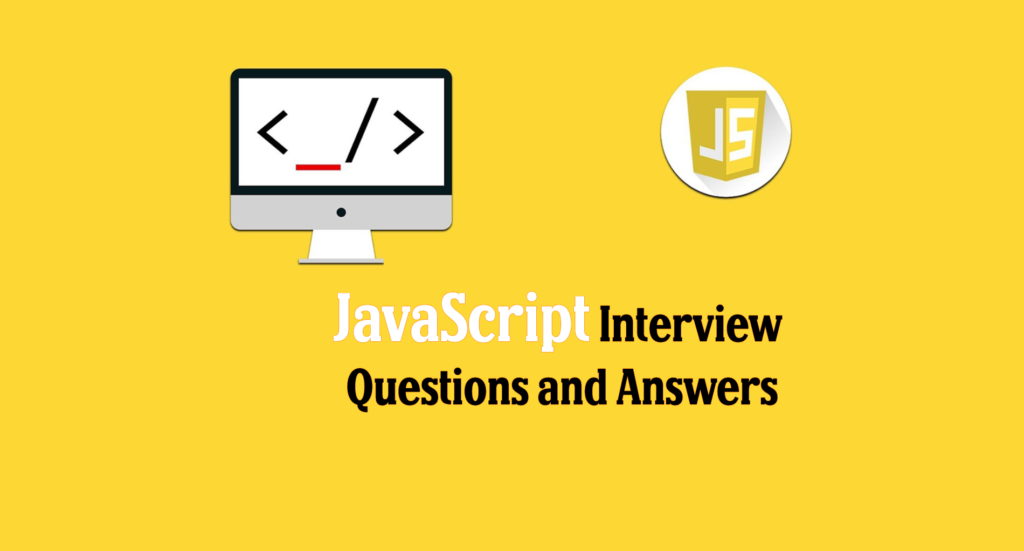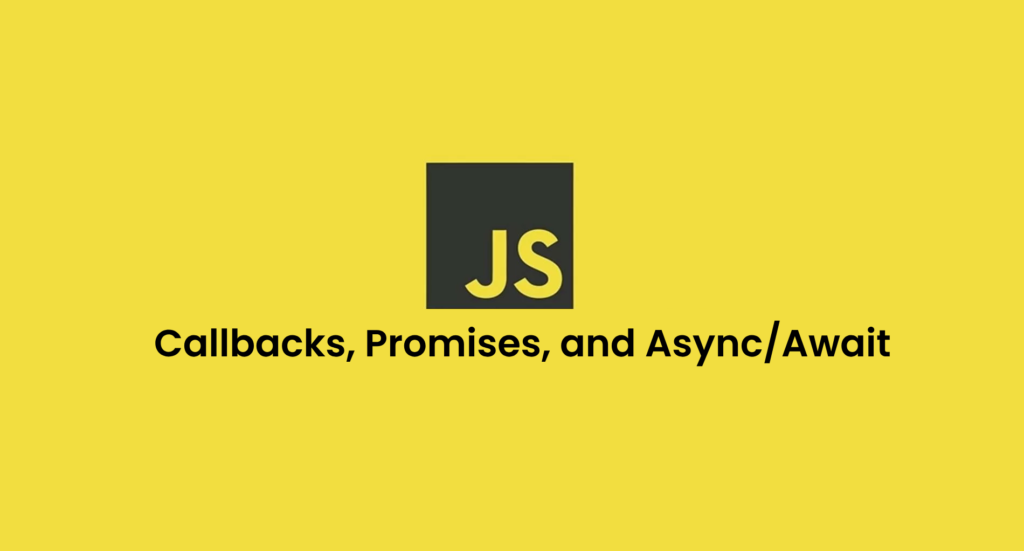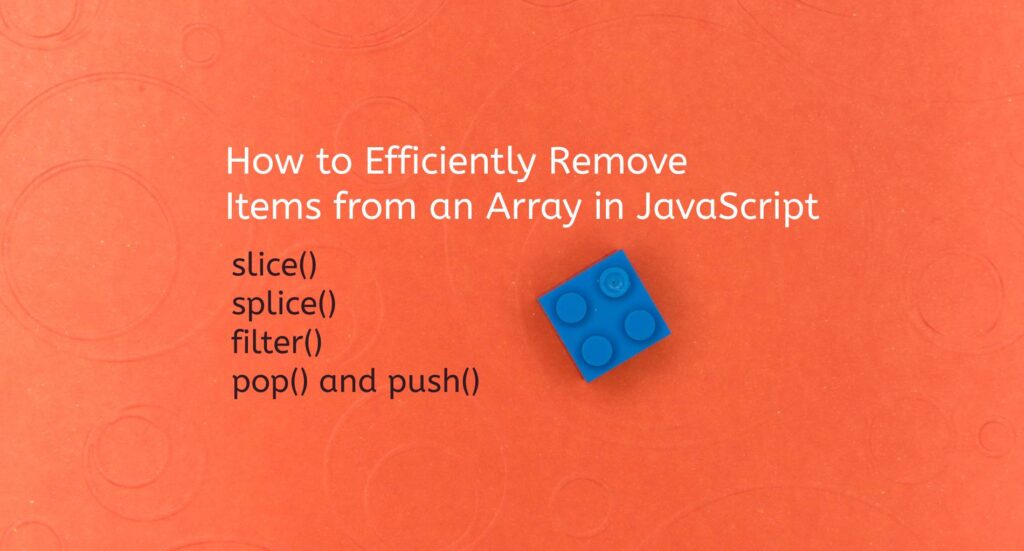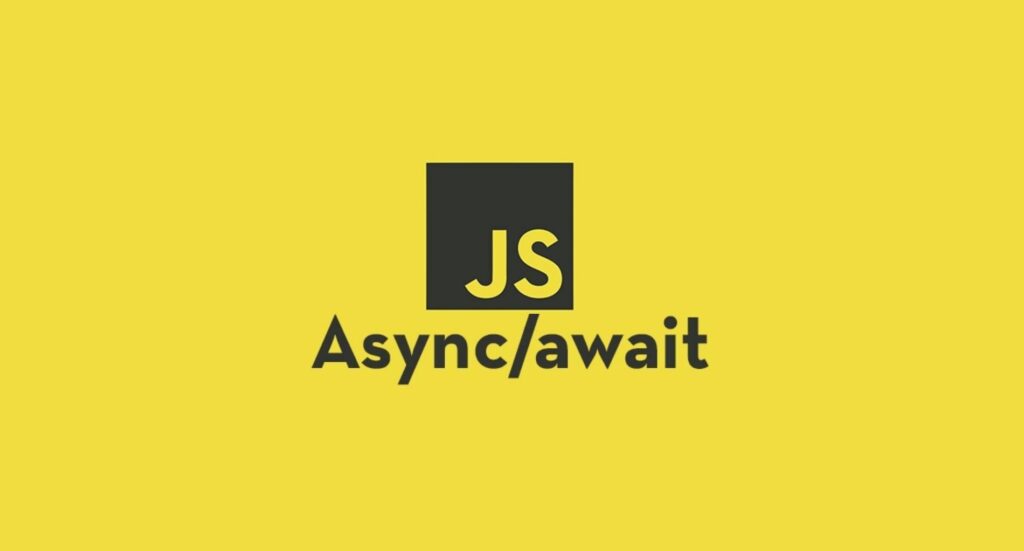Promises are a vital element of current JavaScript that allows developers to handle asynchronous actions cleanly. Promise.all() and Promise.allSettled() are two often used methods when working with many promises. While they may appear to be similar at first glance, they serve diverse functions and exhibit distinct behaviours. In this essay, we will look at the distinctions between these two strategies and how to use them effectively.
Promise.all() – Bringing Promises Together
Promise.all() is a powerful function for combining numerous promises into a single promise. It takes an array of promises as input and returns a new promise when all of the input promises have been resolved. If any of the promises in the array fails, the entire Promise.all() operation fails.
The key advantage of Promise.all() is that it allows promises to be executed in parallel. It makes use of the underlying JavaScript event loop to start all promises at the same time, maximising efficiency. Promise.all() provides an array holding the resolved values in the same order as the input promises once all promises have been resolved.
However, there is a catch with Promise.all(): if any of the promises fail, the entire operation fails, and the rejection reason of the first failed promise is provided to the catch handler as the reason. This behaviour can be advantageous in situations where keeping all promises is crucial to the overall process.
Here’s an example to illustrate the usage of Promise.all():
const promise1 = fetch('https://api.example.com/data1');
const promise2 = fetch('https://api.example.com/data2');
const promise3 = fetch('https://api.example.com/data3');
Promise.all([promise1, promise2, promise3])
.then(([data1, data2, data3]) => {
// Process the resolved data
})
.catch((error) => {
// Handle the first rejection reason
});
Promise.allSettled() – Handling Multiple Promise Outcomes
Promise.allSettled() function, introduced in ECMAScript 2020, is intended to handle cases in which we need to know the outcome of all promises, regardless of whether they fulfil or reject. This method, like the others, accepts an array of promises as input and returns a new promise.
Promise.allSettled(), unlike Promise.all(), waits for all of the input promises to settle, which means they can either be fulfilled or rejected. The returned promise is fulfilled with an array of objects indicating each promise’s outcome. Each object has two attributes: status and value. The status might be “fulfilled” or “rejected,” and the value can hold either the resolved value or the rejection reason.
Promise.allSettled() is very handy when you wish to handle all outcomes, regardless of success or failure. It enables you to continue with the execution flow even if some promises fail. This method ensures that no important information is missed and that you may perform suitable error handling or fallback mechanisms.
Consider the following example:
const promise1 = fetchData('https://api.example.com/data1');
const promise2 = fetchData('https://api.example.com/data2');
const promise3 = fetchData('https://api.example.com/data3');
Promise.allSettled([promise1, promise2, promise3])
.then((results) => {
results.forEach((result) => {
if (result.status === 'fulfilled') {
// Process the resolved value
} else {
// Handle the rejection reason
}
});
});
In summary, Promise.all() and Promise.allSettled() are two powerful JavaScript methods for dealing with many promises. Promise.all() is appropriate when the successful execution of all promises is required and any rejection should result in the failure of the entire operation. It supports parallel execution and delivers a promise that is fulfilled once all of the input promises have been resolved. Promise.allSettled(), on the other hand, is handy when you wish to handle all outcomes, regardless of success or failure. It waits for all promises to be fulfilled before returning an array of objects representing the results of each promise.
Understanding the distinctions between these two approaches is critical for efficient and error-free asynchronous programming. Developers can construct strong and resilient code that handles a variety of scenarios by properly utilising Promise.all() and Promise.allSettled().
When using Promise.all(), keep in mind that a single rejection could cause the entire process to fail. With Promise.allSettled(), on the other hand, be prepared to handle both fulfilled and rejected promises independently, as each has vital information to contribute.
JavaScript writers may design simpler, more maintainable code that gracefully performs asynchronous tasks, resulting in a better user experience, by using the capabilities of these promise functions.
Related Articles
JavaScript Interview Questions and Answers
Node.js Interview Questions and Answers
How to avoid confusion between ReactJS and React Native
Conclusion
Promise.all() is ideal for parallel execution of promises, ensuring all must succeed, while Promise.allSettled() allows handling of all outcomes, regardless of success or failure, promoting resilient code. Understanding their differences empowers developers in writing robust asynchronous operations.






